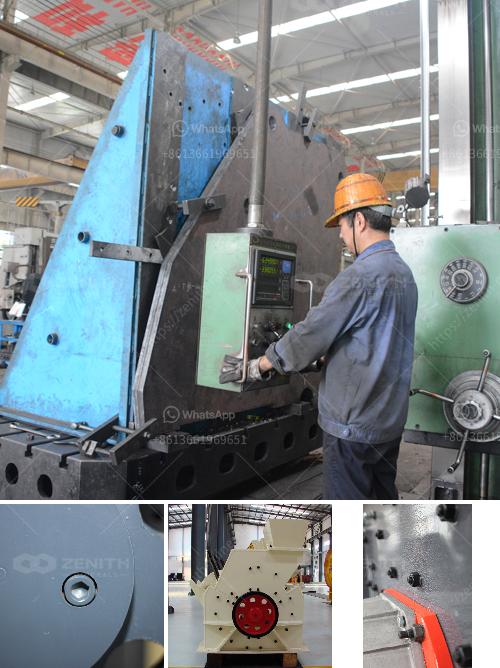Dolomite is a type of limestone composed mainly of calcium magnesium carbonate. For road building and other construction purposes, it needs to undergo a specific process to be crushed and prepared for use. Here’s an overview of how dolomite is typically processed:
Extraction: Dolomite is mined from quarries where it is taken out in large blocks.
Primary Crushing: The extracted dolomite rocks are initially reduced in size at the quarry site using heavy-duty machines called jaw crushers or gyratory crushers. This primary crushing step breaks down the large blocks into more manageable pieces.
Secondary Crushing: The smaller pieces are then conveyed to secondary crushers, such as cone crushers or impact crushers, where they are further reduced to the desired size for road construction or other uses.
Screening: The crushed dolomite is then passed through screening equipment to separate it into different size fractions according to the specifications required for various construction purposes. Larger pieces may be returned to the crushers for further reduction.
Washing (if necessary): Sometimes, the crushed material is washed to remove impurities and ensure uniform quality.
Storage and Transportation: Once processed, the graded dolomite aggregate is stored in silos or stockpiles until it is transported to construction sites.
Crushed dolomite is used as an aggregate in asphalt and concrete mixtures for road construction. It provides a strong base or sub-base layer that improves the durability and longevity of the road surface.
